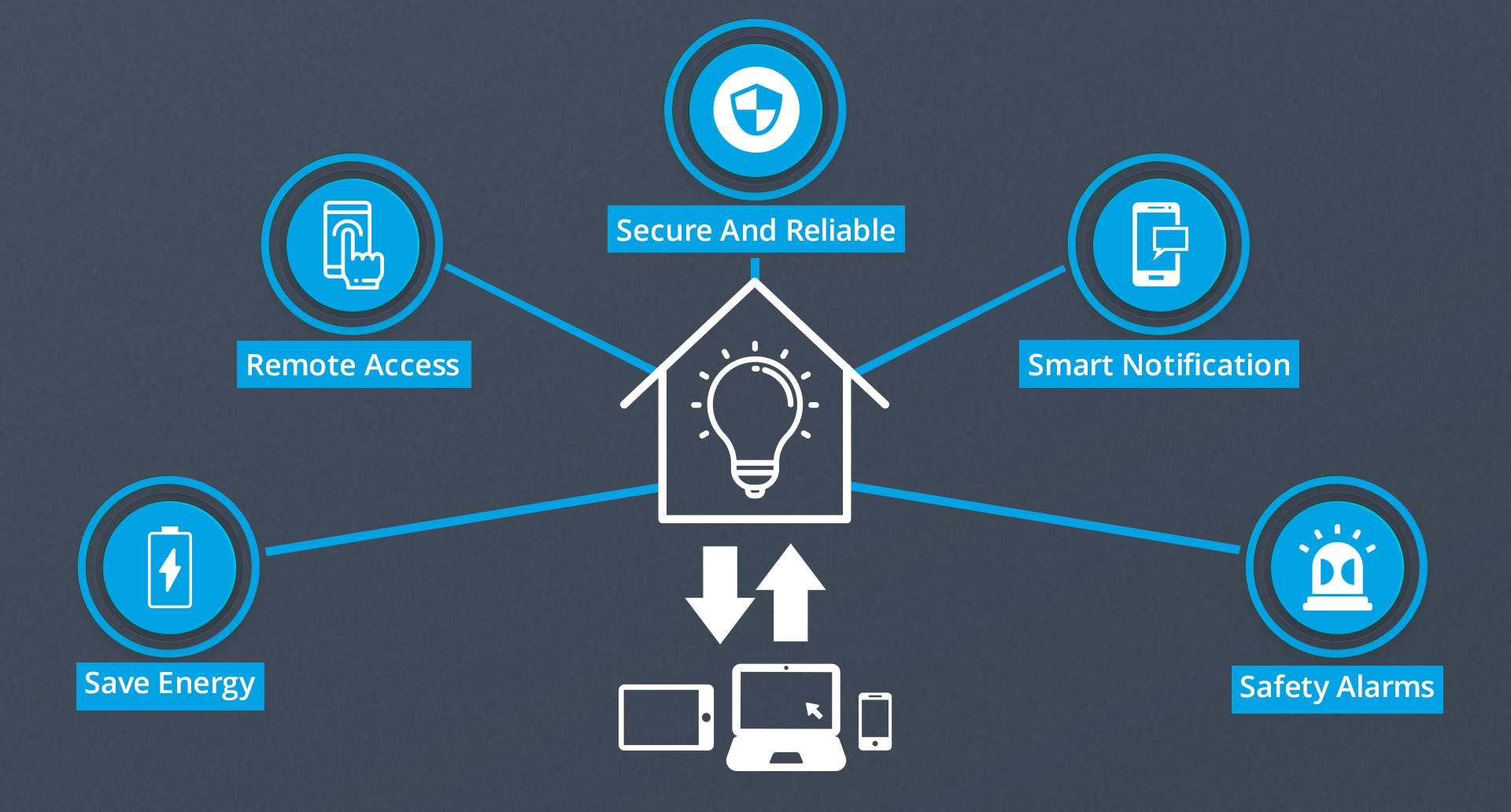
Smart utility solution manual#
And lead pipes are being identified using image recognition and Optimal Character Recognition for over two million drawings from the archives, an activity that would be far too time-consuming to do with manual scanning. Vitens is also working on the analysis of customer contacts by using text analysis for chat traffic. He gave as an example the design of an app that automatically estimates the risk of excavation damage to water pipes associated with KLIC reports (mandatory reports for mechanical excavation work). Mario Maessen, who works at Vitens, explained how all kinds of new initiatives around data science are being developed here in cross-departmental ways. It is already being applied in various ways at water companies. Data science is a field that derives insights from structured and unstructured data. The Vitens excavation damage app will be used to resolve low-tech problems with high-tech machine learning Applying data scienceĪ third contribution during the knowledge exchange meeting shed light on an important building block for the Smart Utility: data science. These applications are currently at the stage of large-scale demonstrations in preparation for large-scale roll-out. It can detect minuscule malfunctions in cables and repair them before a power failure can occur, for example when they are damaged during digging work. In addition, the Smart Cable Guard is used. Smart meters, initially at the level of distribution stations, are essential here. This means, in particular, that more and more sensors are being installed in the grids to monitor the load and to locate malfunctions – or prevent them altogether – more quickly. Walter Hulshorst (Smart Energy NL) talked about ways grid operators are addressing these challenges and showed how smart grids will be an essential part of the grid structure of the future. Traditional energy grids cannot yet cope with these challenges. The energy transition will place increasing strain on their grids: some heating in homes has to be supplied using electricity because more sustainable energy production will be organised locally and it will be necessary to meet the energy requirements for electric transport. Van Thienen emphasised the importance of being aware of the limitations and uncertainties that these solutions entail.Įlectricity grid operators will be facing a huge challenge in the years to come. Any blind spots can be filled in with models (soft sensors, digital twins), with the available measurements serving as a basis for predicting the status of sections where there are no sensors. A good problem definition can serve as a basis for designing an optimal positioning strategy using models. As a result, it is important to use the available sensors intelligently. To know what is going on in the entire system, you need to measure everything and that is not (yet) feasible in physical or cost terms. Sensors are at the heart of a system of this kind because the numbers tell the story.ĭuring the knowledge exchange meeting, Peter van Thienen (KWR) showed how sensors can indeed provide the basis required for decision-making about interventions but that they are not a silver bullet.

These improvements can be achieved by establishing close connections between individual system components in a cyber-physical environment that has also been dubbed ‘Water 4.0’. It is expected that a better understanding of the system, both the medium and the infrastructure, will allow water companies to operate more efficiently, flexibly and sustainably, and enhance operational reliability at the same time. During the meeting – which took place remotely because of the corona crisis – the topics discussed included the smart use of sensors, inspiration from the energy sector and data science. However, there are major differences: the time scale at which the production and distribution of water have to be coordinated and the role of clients in that respect. Here also, a range of processes are being automated and digitalised. The energy sector uses Smart Grids to optimise the efficiency and reliability of the mains grid, and this approach could also work well in the water sector.
Smart utility solution software#
Smart Utility stands for the far-reaching implementation and integration of hardware, software and human competences. During this year’s second knowledge exchange meeting of the Hydroinformatics Platform on 23 April, the central question was how the Smart Utility concept can be used in the water sector.


 0 kommentar(er)
0 kommentar(er)
